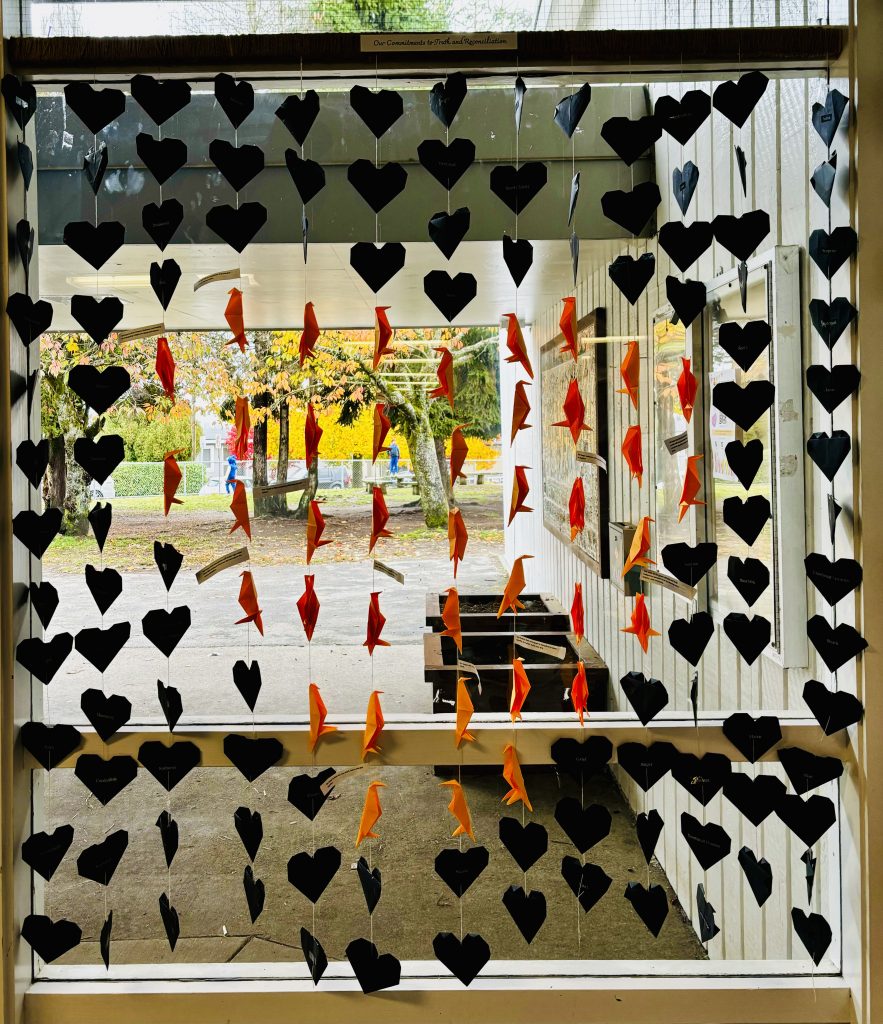
Our Commitments to Truth and Reconciliation
To honor the memory of the children lost to the residential school system, students at Aubrey created an Origami Reconciliation Project inspired by the Japanese tradition of folding paper cranes. This artwork will serve as a symbol of our shared hopes for healing and reconciliation.
The mural’s background features black hearts, representing the profound truths and emotions we hold in remembrance of this painful history. At the center, a heart formed by orange ravens symbolizes hope and our commitment to building a better future. Each raven carries messages of healing and reconciliation, contributed by students from various divisions.
This mural stands as a powerful reminder of our dedication to truth, understanding, and justice. It calls upon our community to engage in meaningful dialogue and take action to support of ongoing reconciliation and healing.
We would also like to recognize the following students for their leadership efforts in assembling the final display: Rachel Mullin, Kaitlynn Leung, Sasha Sun, and Anna Wu.
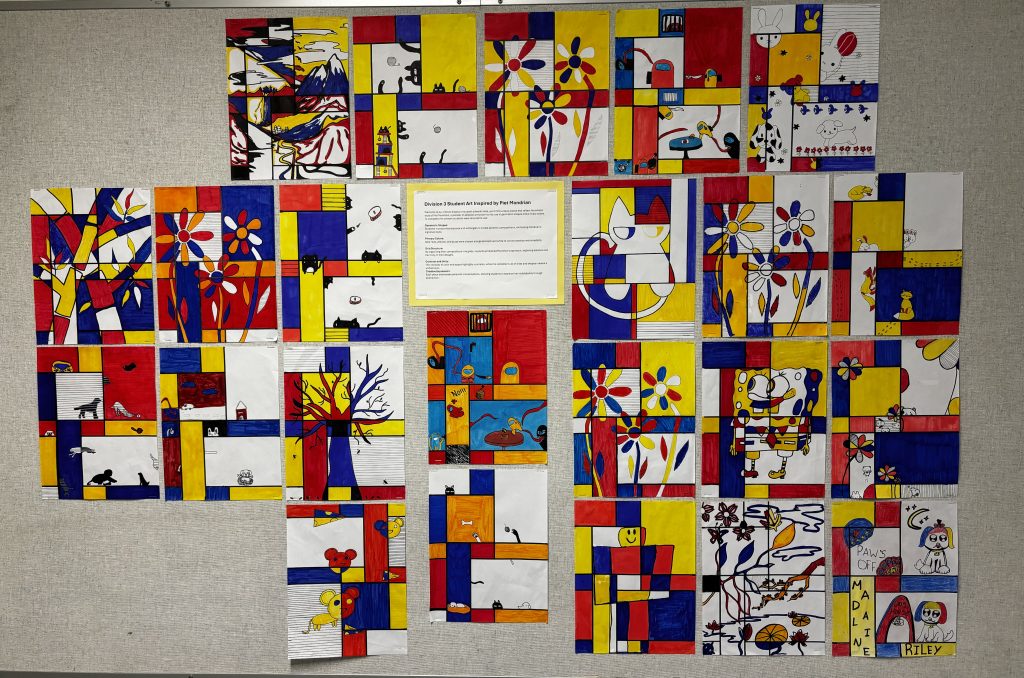

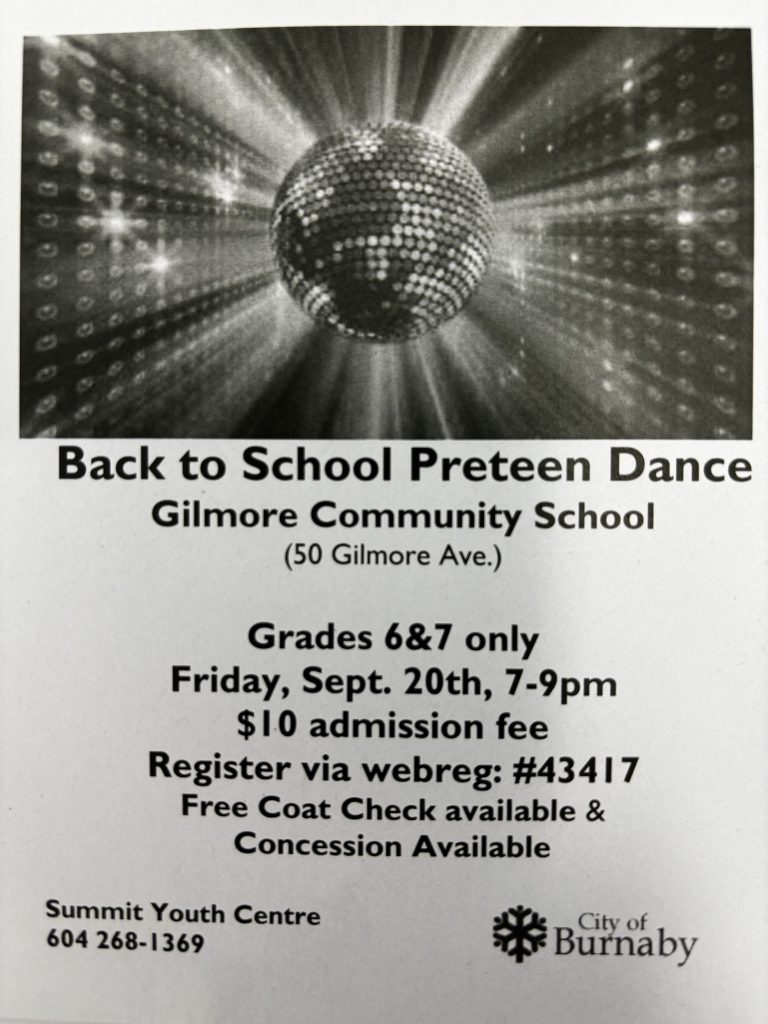
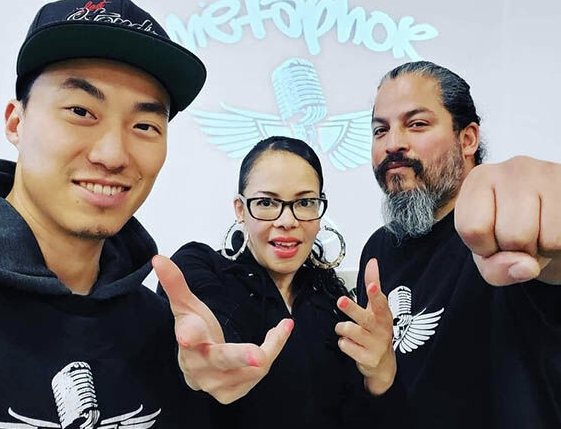

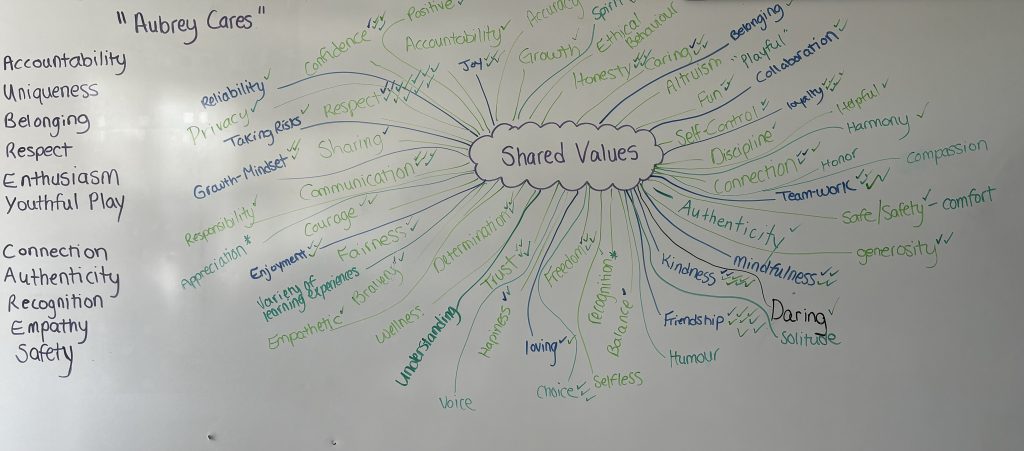

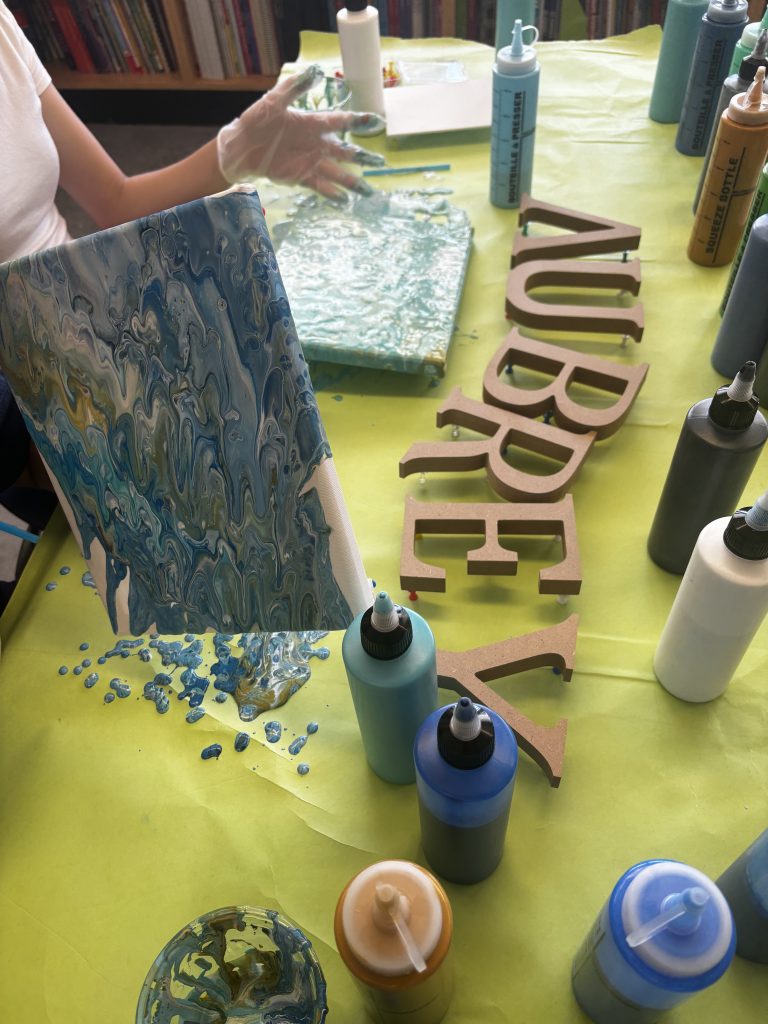
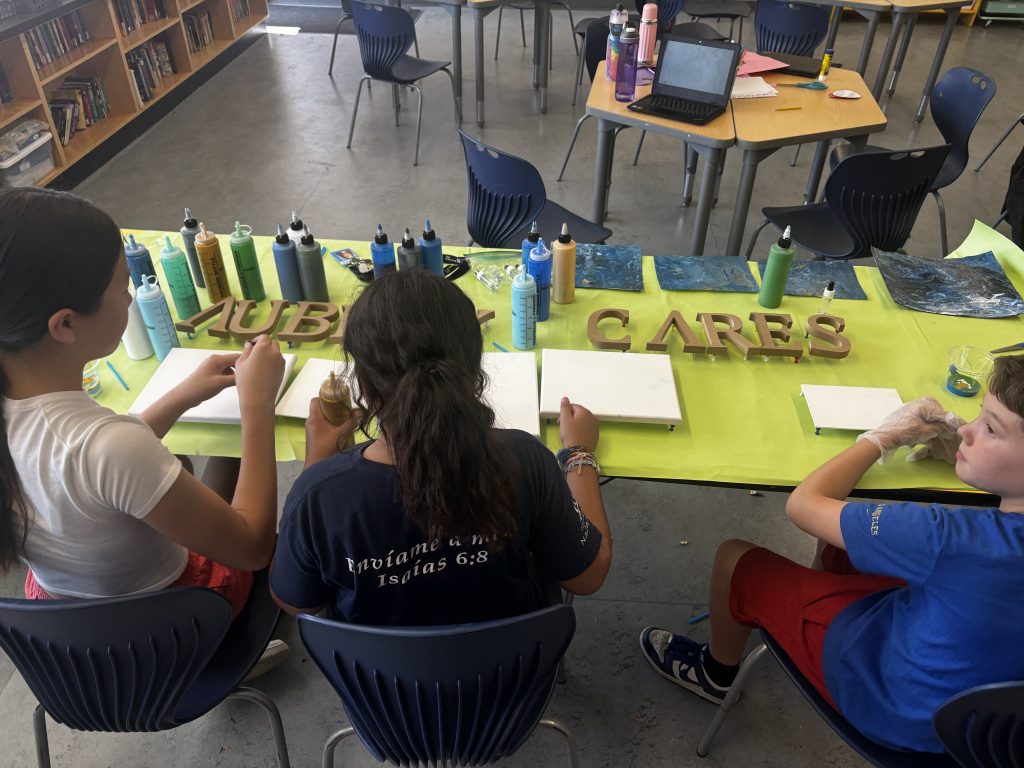
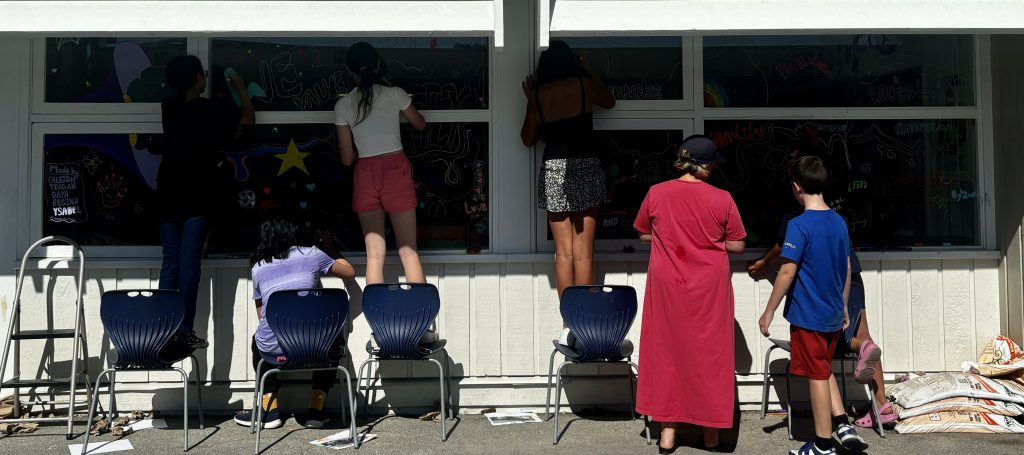



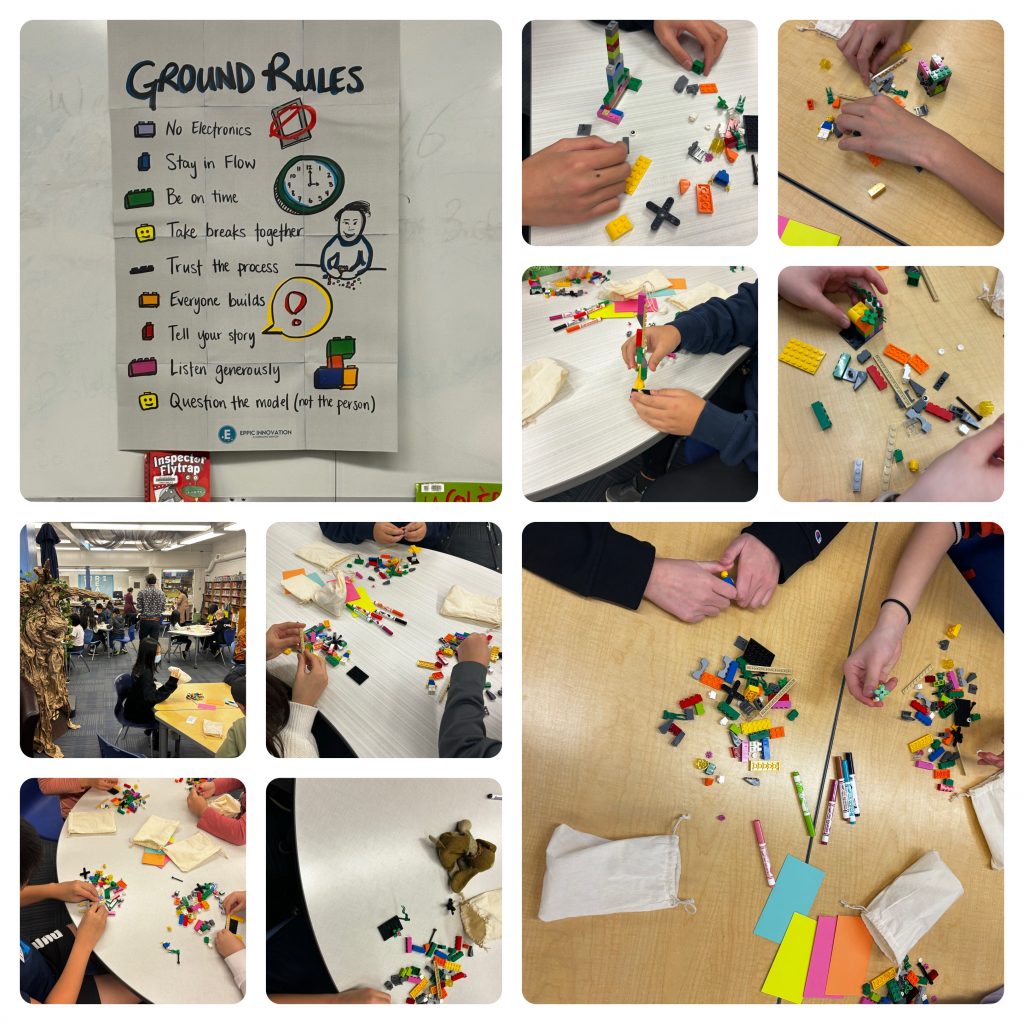
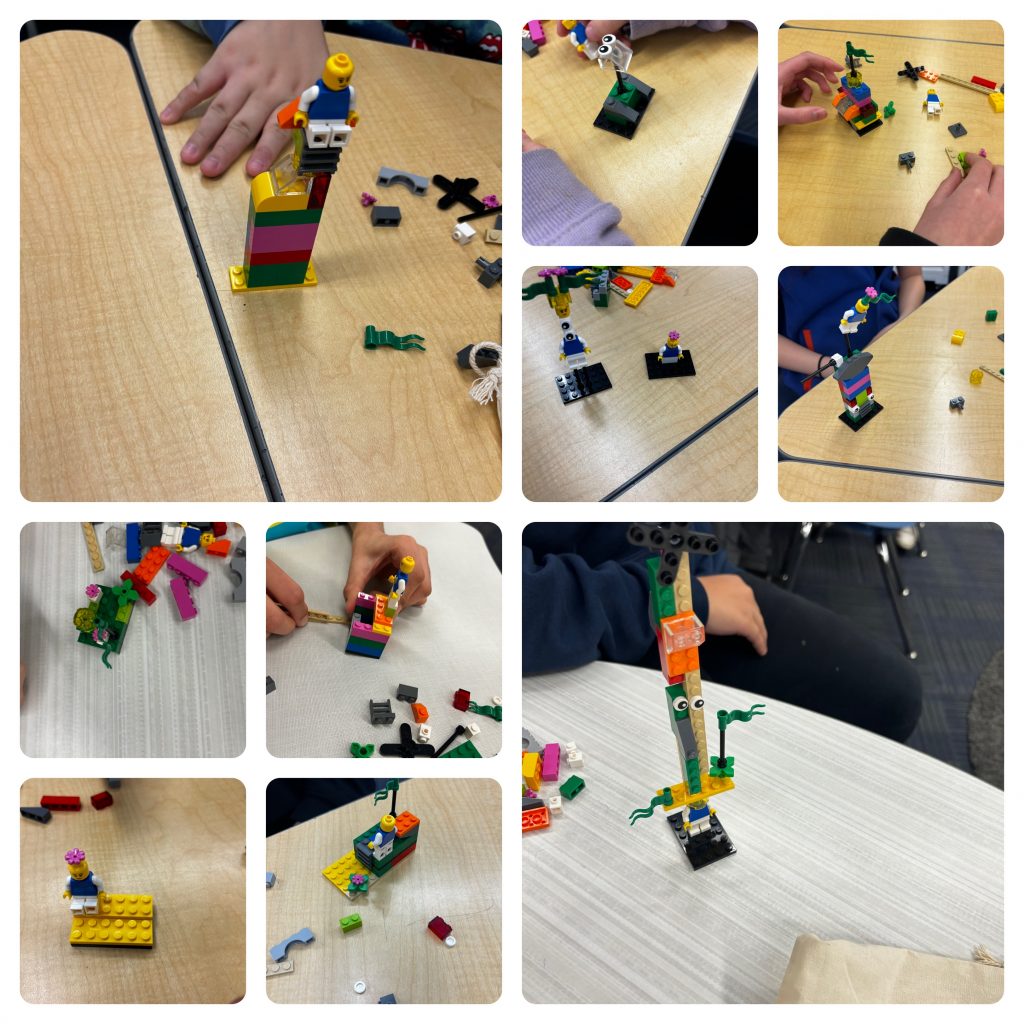
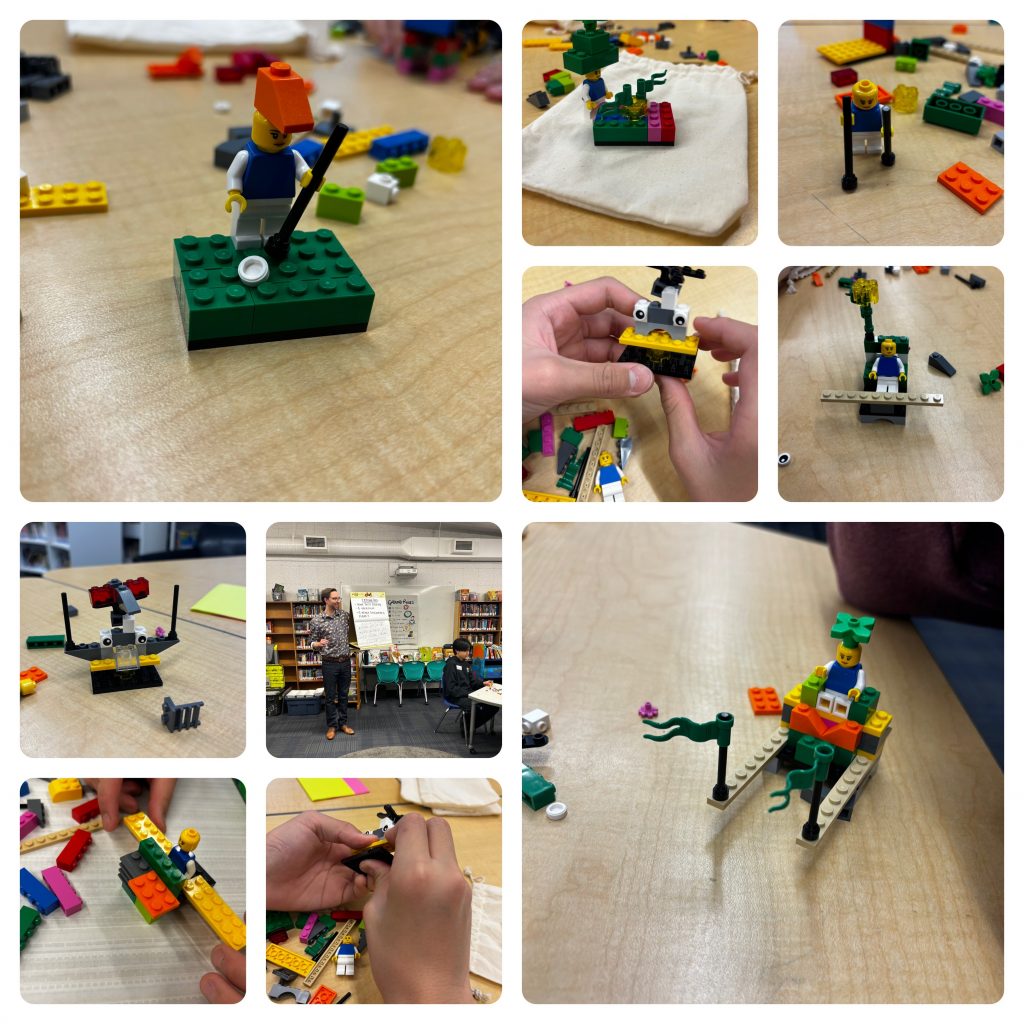


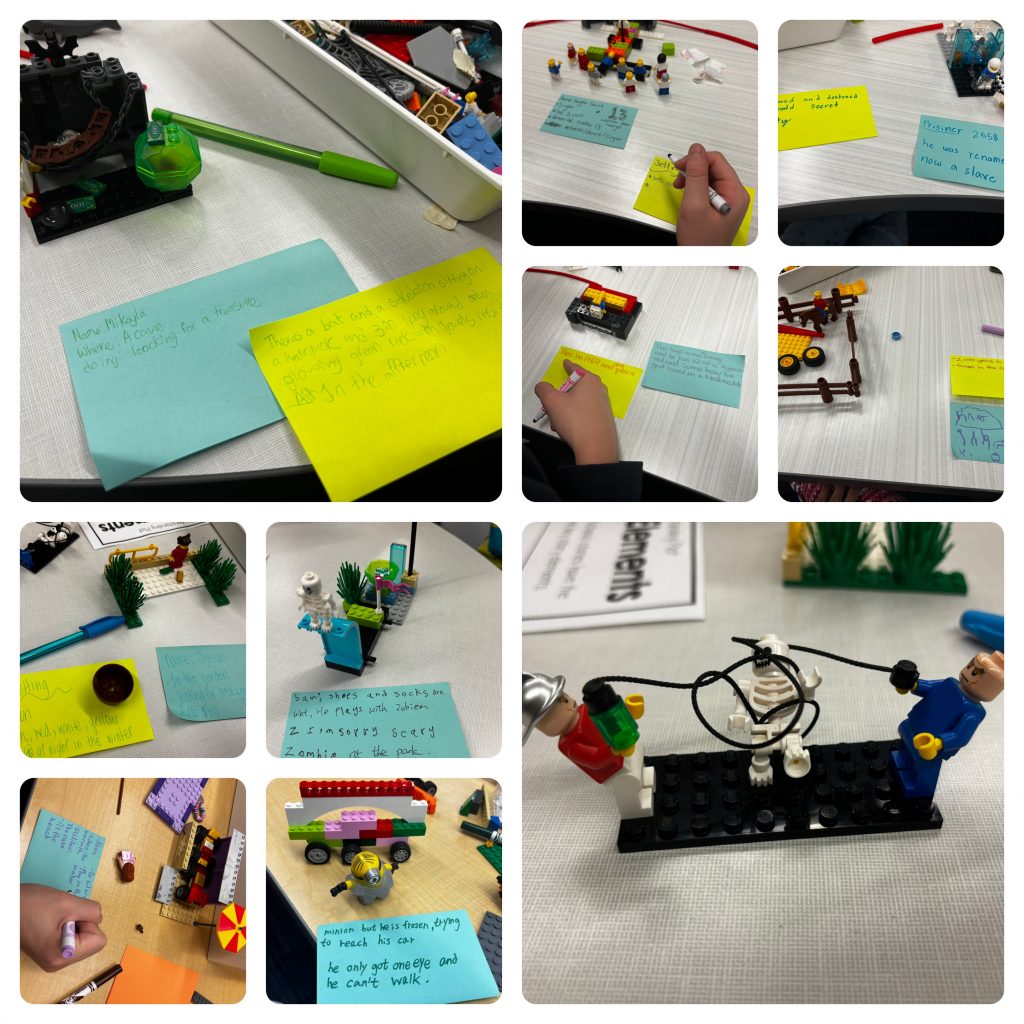
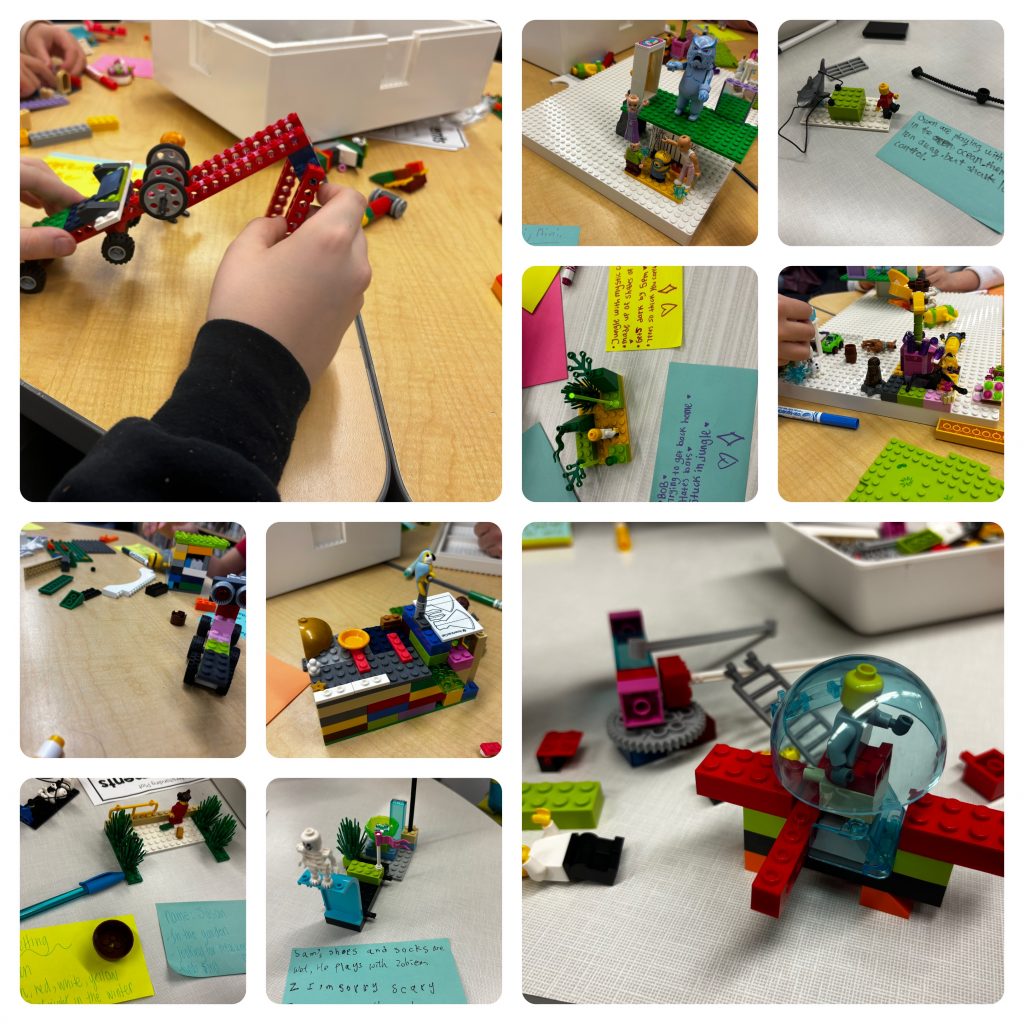 Students had so much fun prototype narratives on Friday afternoon during our Serious Lego Play Workshop.
Students had so much fun prototype narratives on Friday afternoon during our Serious Lego Play Workshop.
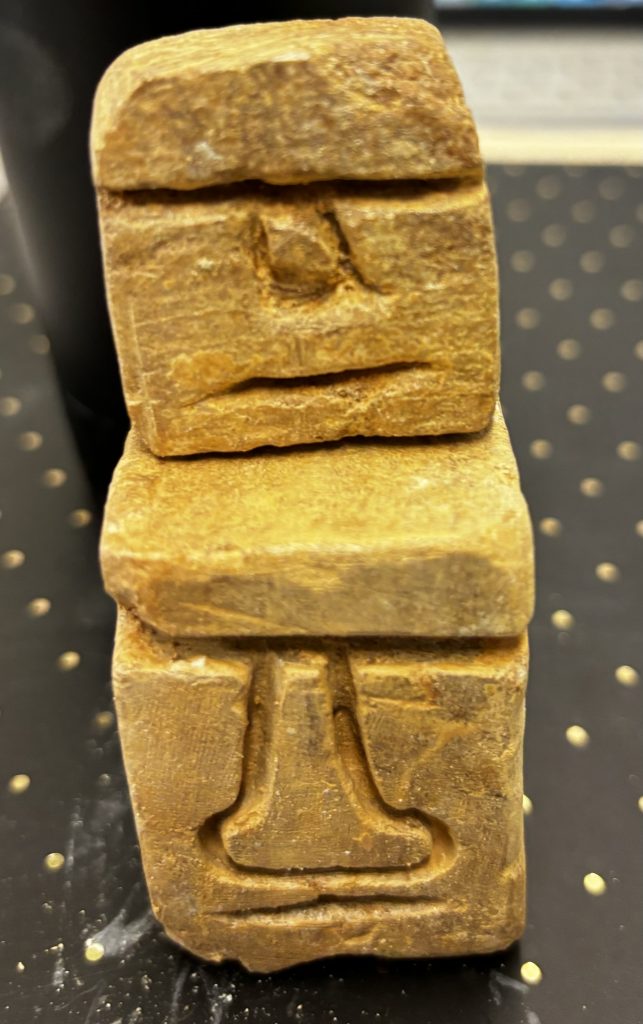
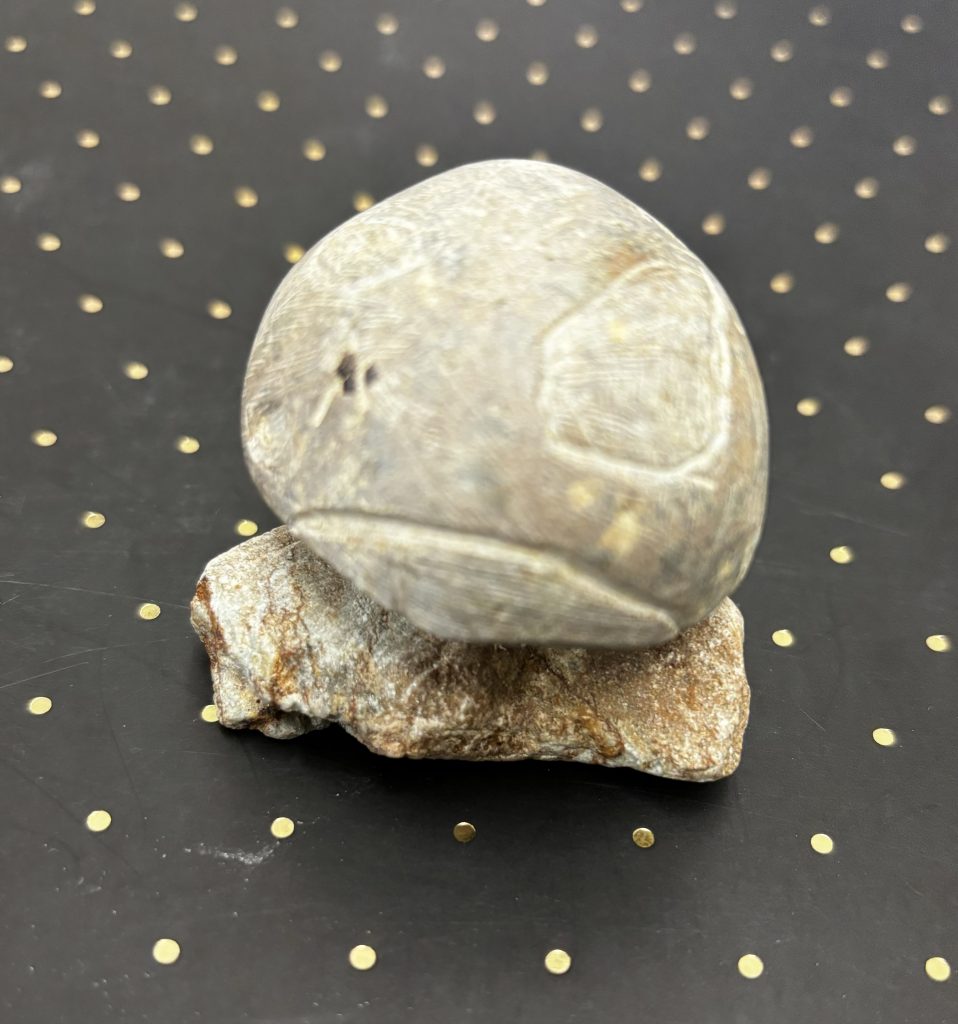
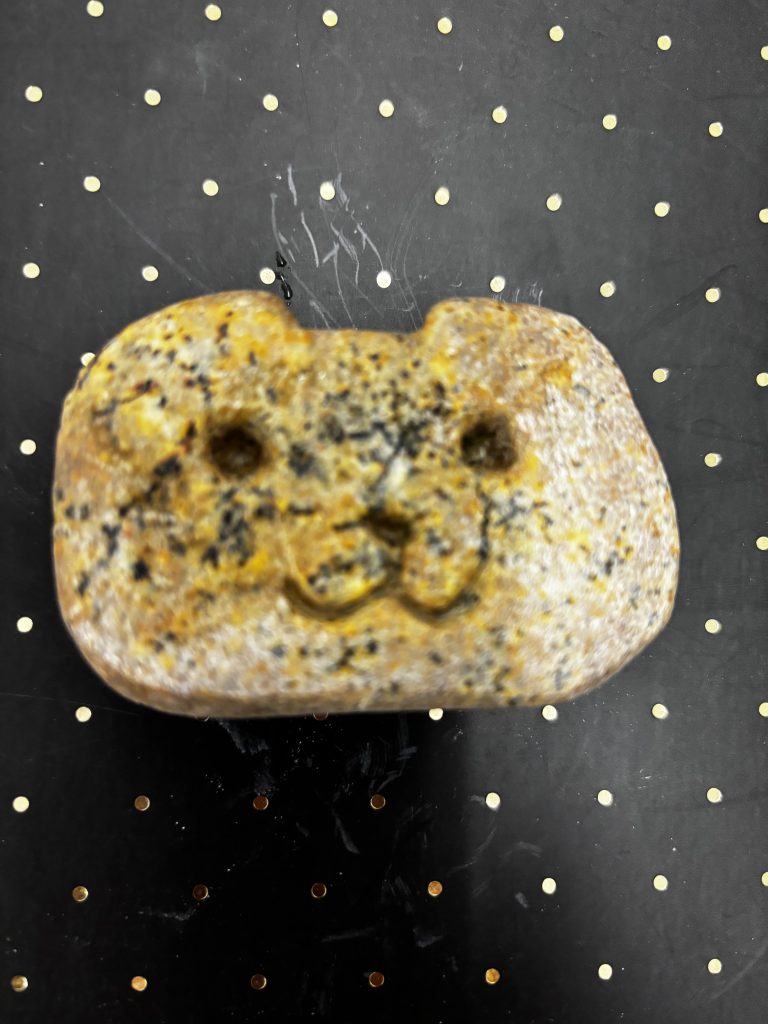
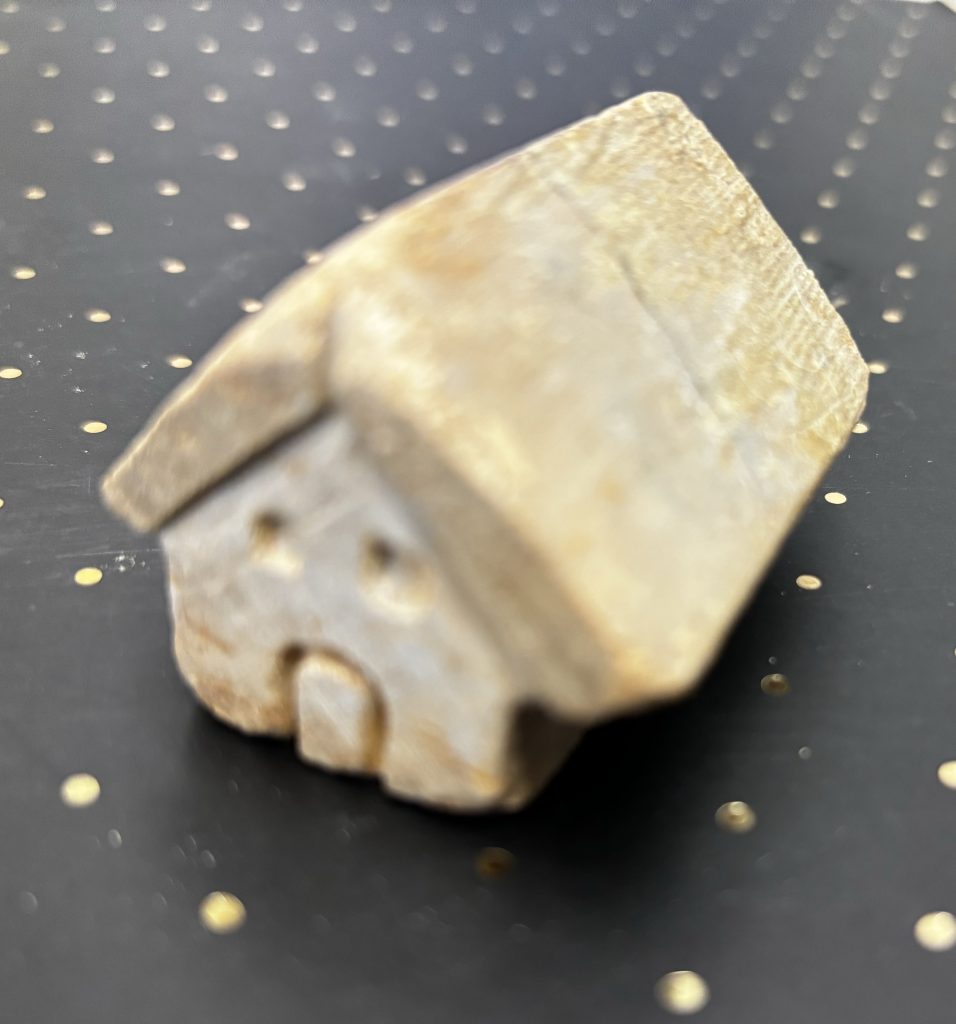

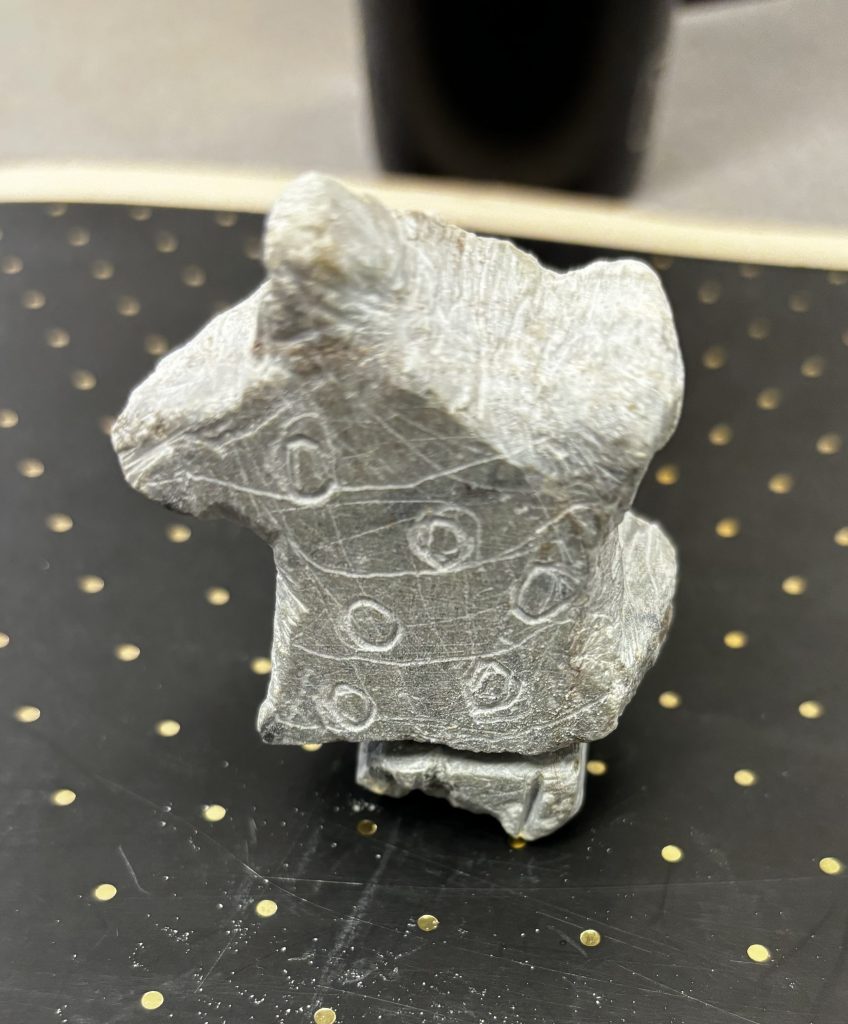
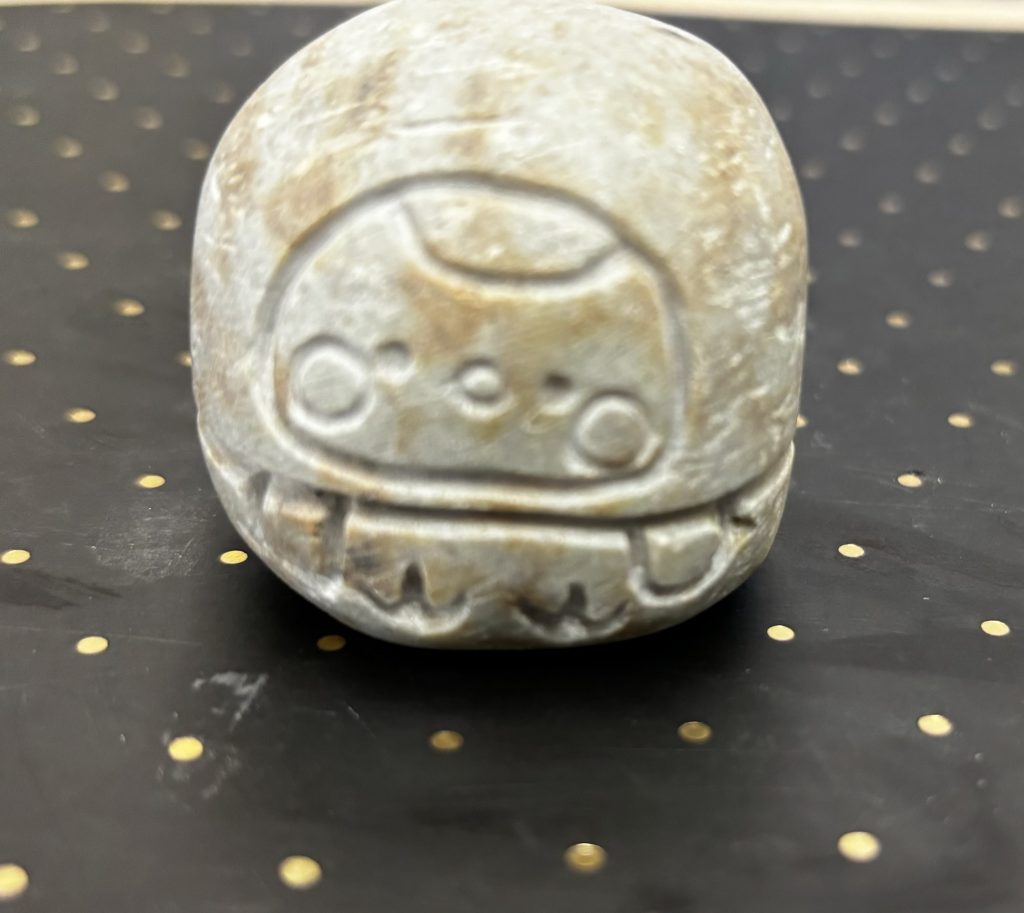

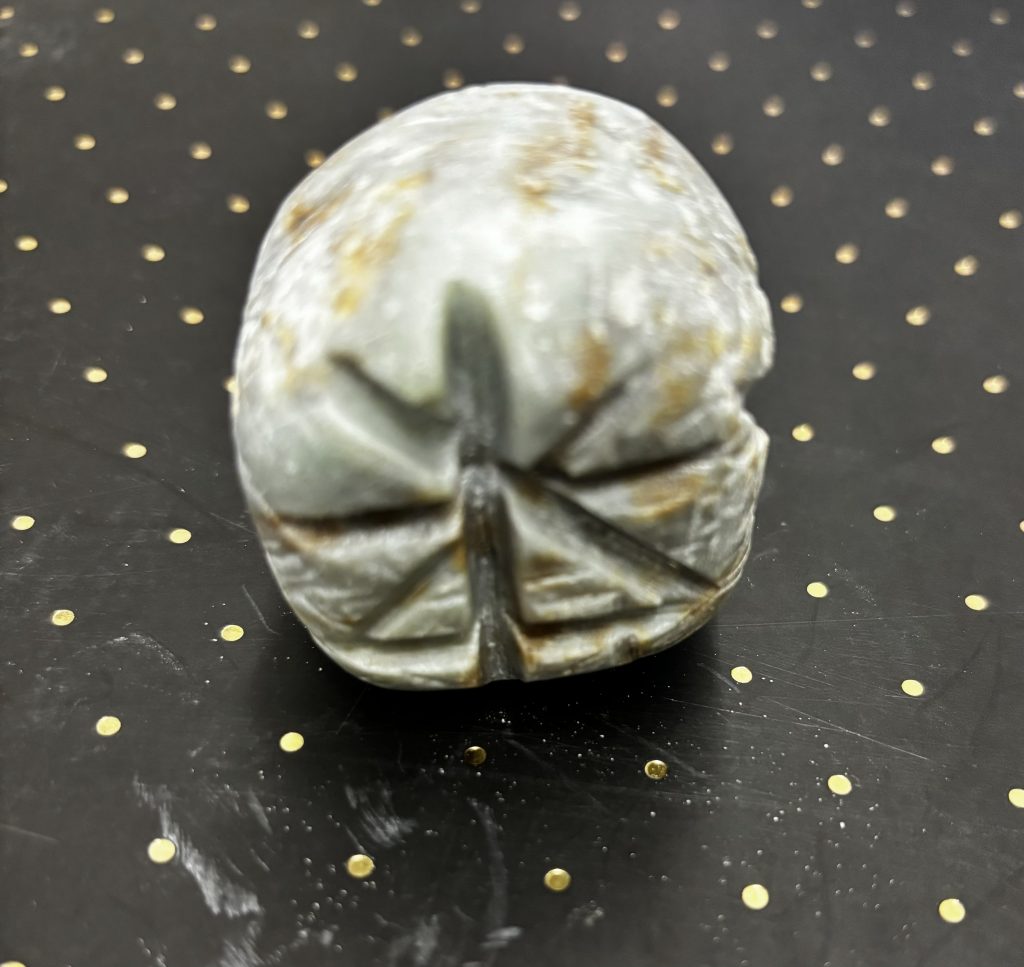

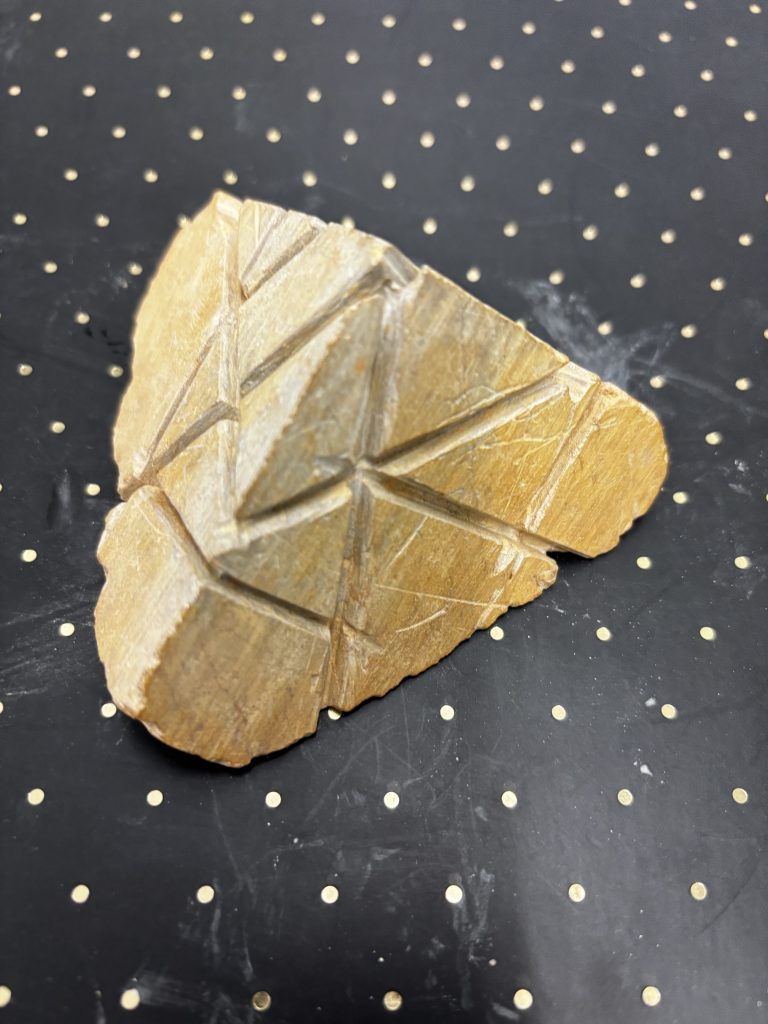

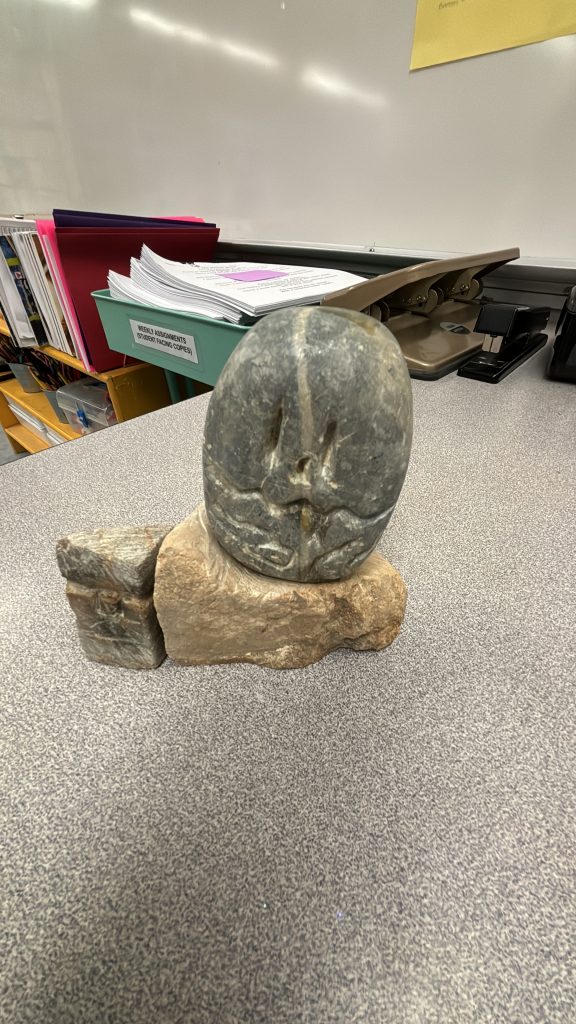
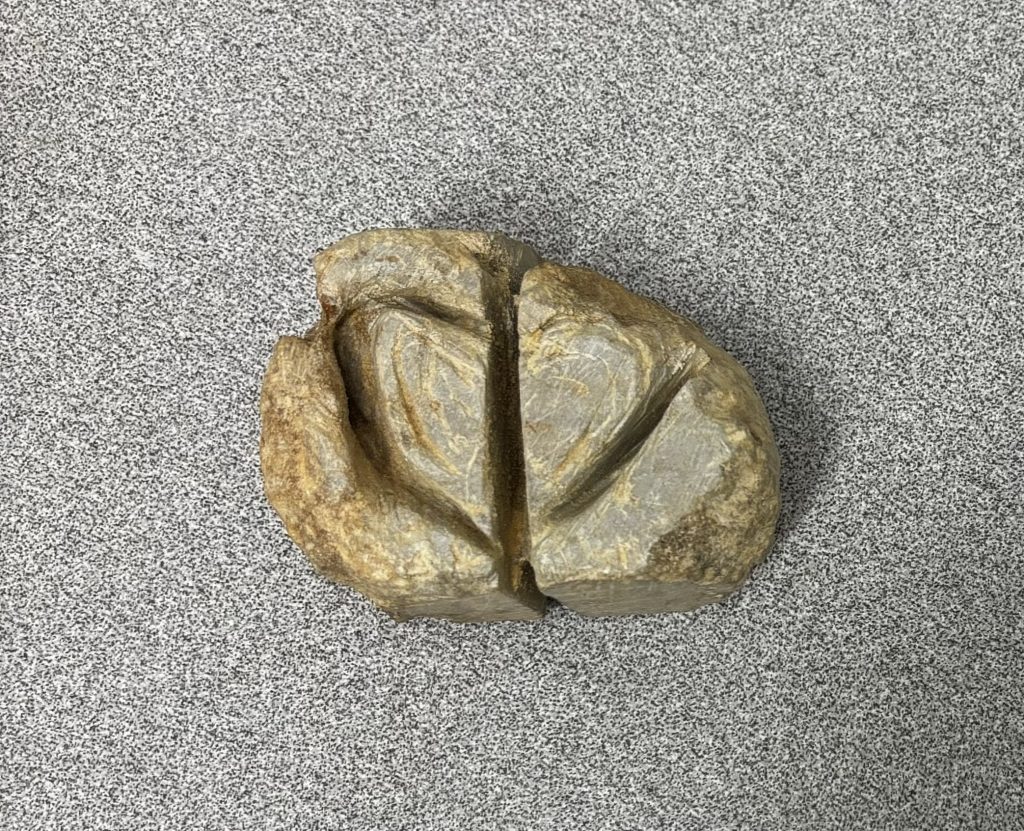
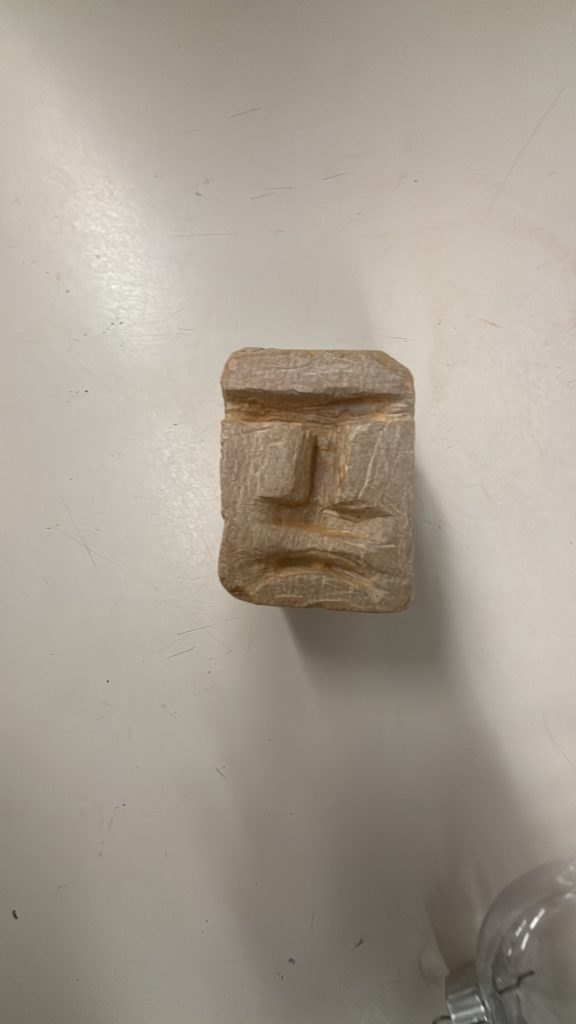
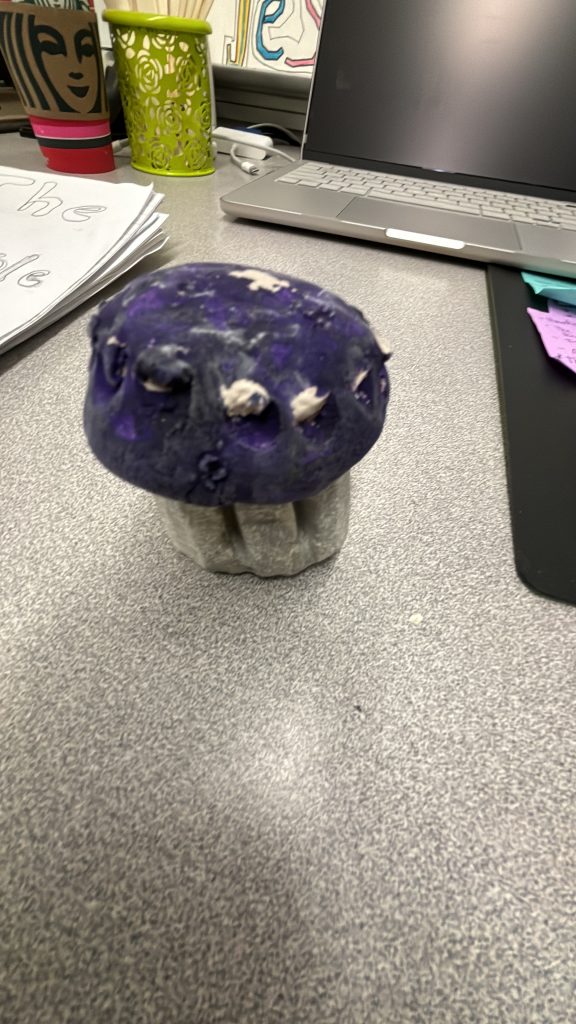

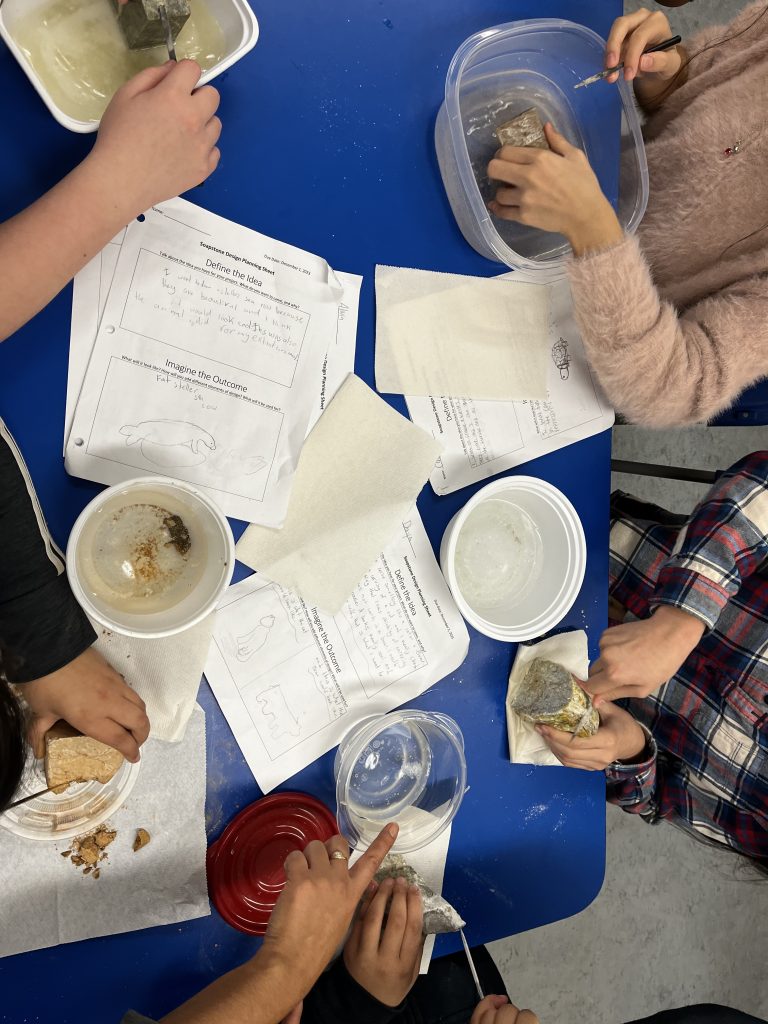



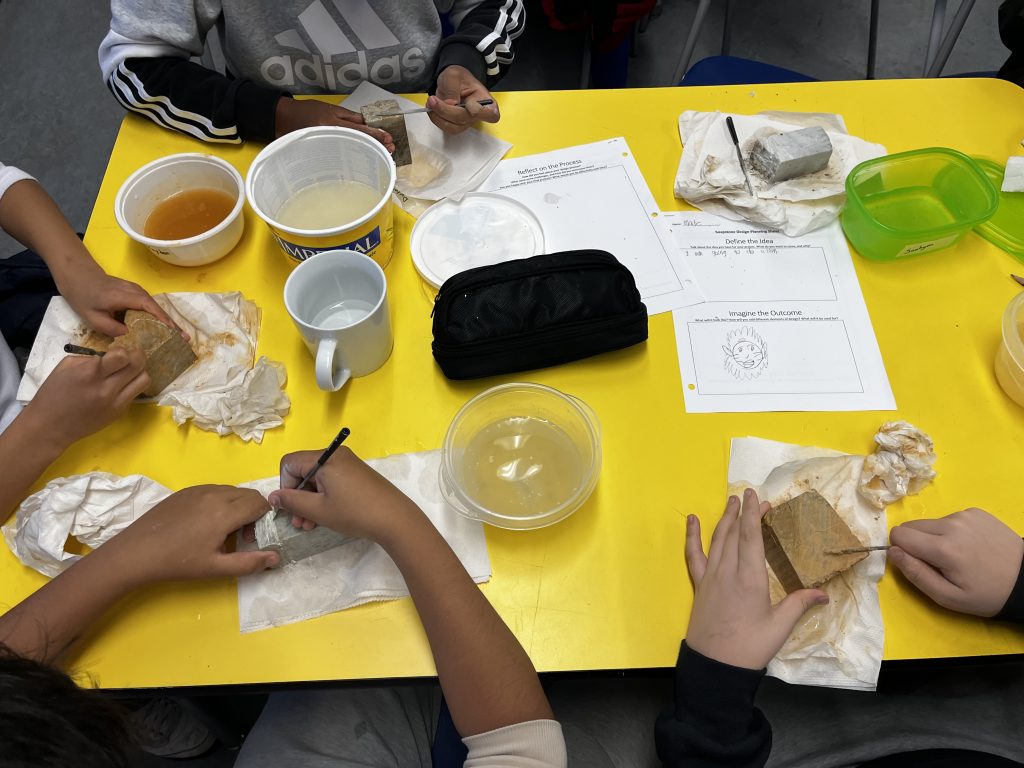
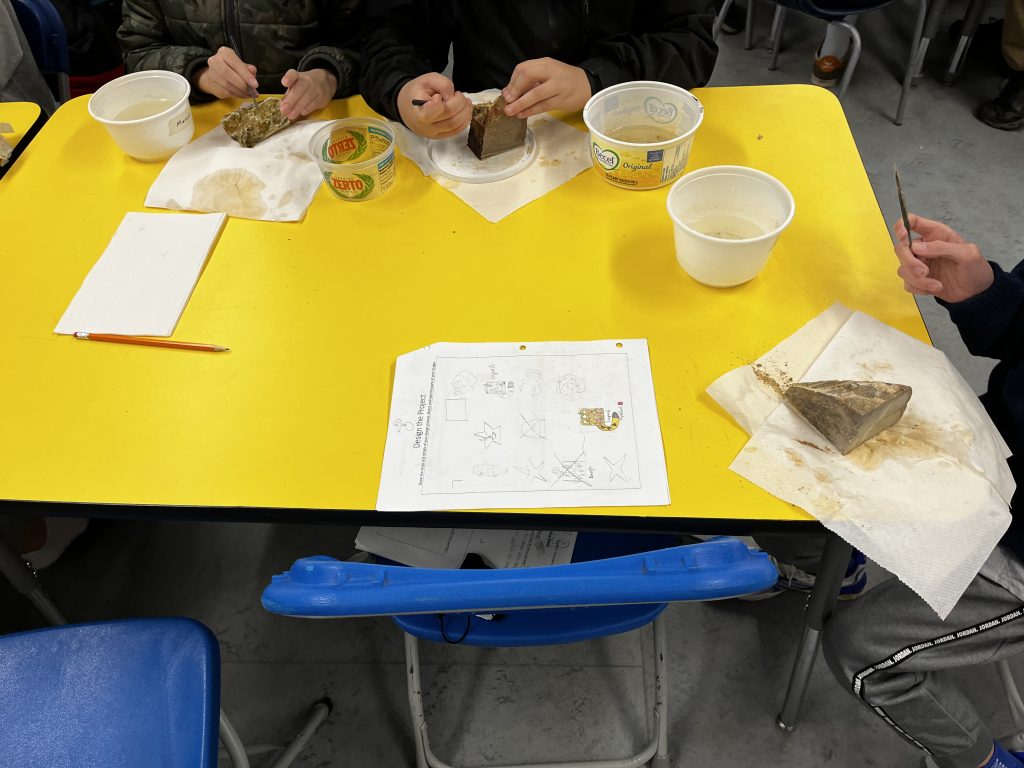
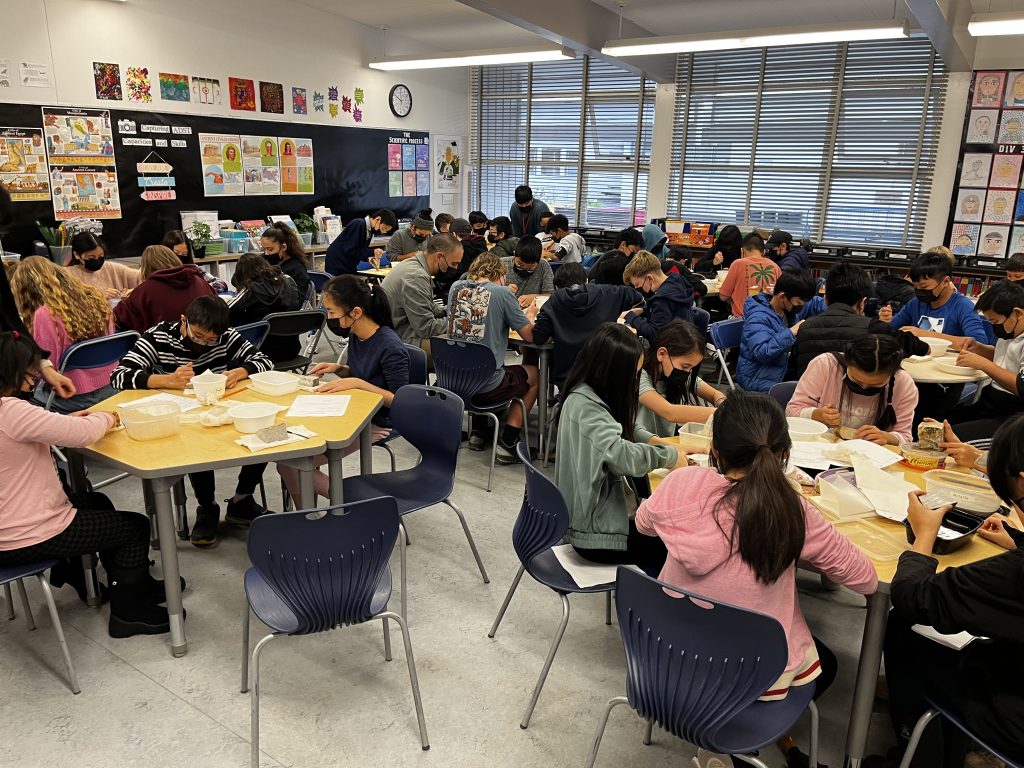


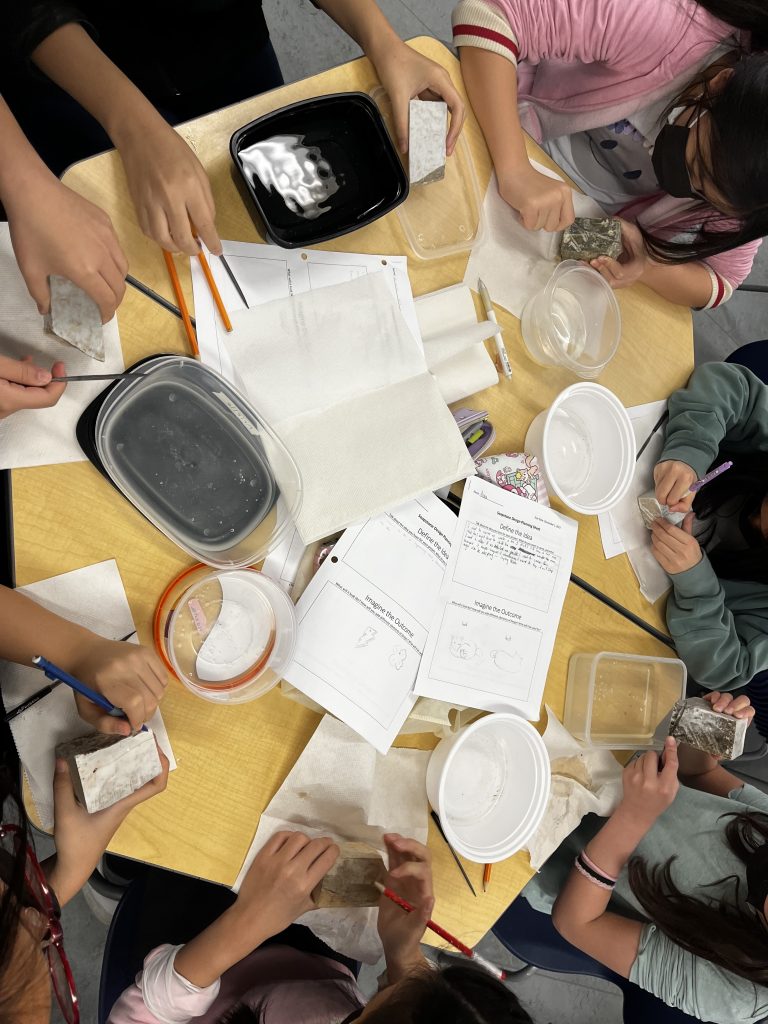 Students in Division 1, 2 and 3 at Aubrey Elementary have been learning about Ancient Civilizations and the use of soapstone. Soapstone is a soft metamorphic rock found over the globe that has been used through history by various groups to create art and tools.
Students in Division 1, 2 and 3 at Aubrey Elementary have been learning about Ancient Civilizations and the use of soapstone. Soapstone is a soft metamorphic rock found over the globe that has been used through history by various groups to create art and tools.